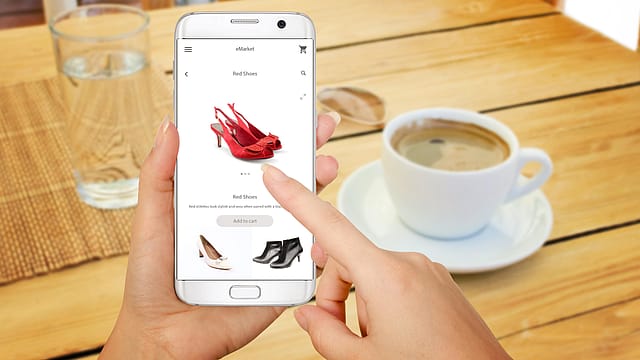‘Smartphones are changing the way consumers shop’
ADVERTISEMENT

Next time you catch yourself checking out price points and reviews of a product you had been eyeing for weeks before finally buying it, assure yourself that you are not alone in doing so. Nine out of ten consumers research a product or service on their mobile before they buy it. Also, shopping at night could mean more purchases as buying through the week tends to peak during the night, with maximum sales happening between 10pm and 12am.
These are some of the findings of InMobi, a mobile advertising and discovery platform, in its report on mobile landscape in India called ‘The Shifting Terrain’ released last week. The report says purchasing on mobile picks up from Thursday and peaks over the weekend with Saturday being the biggest shopping day of the week.
The always-on, immersive and now, highly personalized nature of mobile devices creates a huge opportunity for brands to meaningfully engage with their customers, says Vasuta Agarwal vice president and general manager, InMobi India, in the report.
“It’s imperative, therefore, for India-focused companies to adopt not just a mobile strategy, but a mobile-first marketing strategy in order to create differentiated and lasting value in the Indian ecosystem. It is abundantly clear that mobile, which was the future of marketing until recently, has now become the present,” says Agarwal.
January 2026
Netflix, which has been in India for a decade, has successfully struck a balance between high-class premium content and pricing that attracts a range of customers. Find out how the U.S. streaming giant evolved in India, plus an exclusive interview with CEO Ted Sarandos. Also read about the Best Investments for 2026, and how rising growth and easing inflation will come in handy for finance minister Nirmala Sitharaman as she prepares Budget 2026.
The key reasons for consumer preference for mobile-commerce are fairly simple - it saves time, can be an on-the-go activity, there are no long queues and one can locate discounts easily.
The M-commerce boom, however, highlights something bigger. India has the potential to be a mobile-first consumer economy. 80% of all web traffic in India emanates from mobile, which is the second highest in the world. That’s because we spend nearly 4.5 hours a day on mobile, 37% higher than the time spent on TV. It is no wonder then that mobile has emerged as the most powerful among all platforms in the country and as the primary means of accessing the Internet for most Indians.
There will be 670 million mobile users by 2018 and 781 million smartphone users by 2021, according to the report. With 75 percent of its Internet users under the age of 35, India also has the youngest online population.
To be sure, apps account for 88% of India’s mobile time. In 2017, India ranked third and continued to surpass USA as the leading app download capital of the world with a 12% share of the world’s app downloads. Encouraged by the in-app offers and discounts, travel and retail apps have become the most downloaded apps by Indians. Additionally, offers on first time app use are drawing in the late adopters. The influx of streaming apps (TV shows, movies, music and sporting events) has captured the fascination of Indians as they spend a substantial share of their time on entertainment and sports apps, the report notices.
Affordability of smartphones (available as low as $100) and affordable mobile data plans have contributed to rapid smartphone and mobile Internet adoption. Chinese smartphones brands, such as Xiaomi, hence continue to dominate the Indian smartphone market on the back of their aggressive pricing, faster adoption of 4G technology, better user experience and greater emphasis on cameras.
Mobile video content consumption has also increased substantially in India in the last two years. Videos will be 75% of India’s mobile data traffic by 2021, compared to 49% at the end of 2016. It is being seen as an enormous opportunity for advertisers to gain maximum consumer attention.
